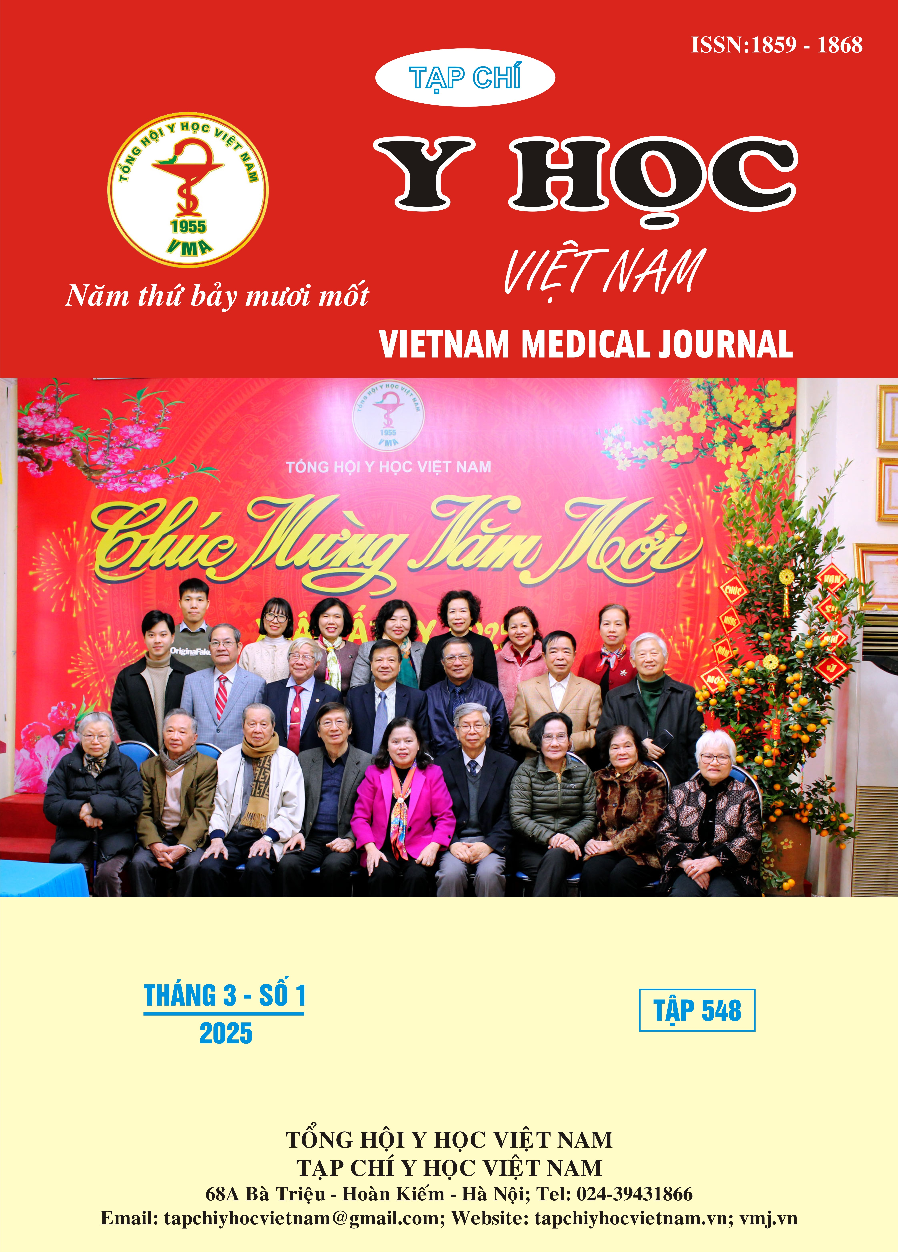COST-EFFECTIVENESS ANALYSIS OF ANTIBOTICS IN THE TREATMENT OF COMPLICATED URINARY TRACT INFECTIONS IN VIETNAM
Main Article Content
Abstract
Background: Ceftazidime/avibactam (CEF/AVI), distinguished for its safety and efficacy, has obtained official approval from both the US Food and Drug Administration [1] and the European Medicines Agency for treating infections caused by multidrug-resistant gram-negative bacteria. This approval extends to complicated urinary tract infections (cUTI), including pyelonephritis [2]. Despite its benefits, the high cost of the drug poses a significant obstacle to its prescription in clinical practice. Research methods: Cost – utility analysis was conducted based on the Vietnamese healthcare insurance payers’ perspective. Input parameters were derived from clinical research, systematic review, and retrospective health insurance payment data in research hospitals and insights gained from consulting with clinical experts. The analysis involved designing a model that simulates the sequential progression of cUTI pathology. Results: CEF/AVI demonstrated an increase in QALY (Quality Adjusted Life Years) from 0.51 to 0.97 QALY compared with other antibiotic regimens for cUTI, including pyelonephritis. Concurrently, costs increased from 46.08 to 56.47 million VND. The incremental cost-effectiveness ratio per QALY gained (ICER/QALY) of CEF/AVI ranged from 58.08 đến 92.64 million VND compared with other regimens for the same indication. Conclusion: From the Vietnamese healthcare payer’s perspective, comparing with the threshold of 1-3 times gross domestic product (GDP) per capita of Vietnam in 2023 (305.7 million VND), CEF/AVI is cost-effective in comparison to comparable interventions for the treatment of cUTI, including pyelonephritis, in Vietnam.
Article Details
Keywords
antibiotics, complicated urinary tract infections, cUTI, cost-effectiveness
References
2. K. E. Barber, J. K. Ortwine, and R. L. Akins, "Ceftazidime/avibactam: who says you can’t teach an old drug new tricks?," Journal of Pharmacy & Pharmaceutical Sciences, vol. 19, no. 4, pp. 448-464, 2016.
3. K. Mohiuddin, "UTI prevalence among population with chronic conditions," Journal of Medi-cal Research and Case Reports, vol. 1, no. 2, 2019.
4. T. P. Lodise, T. Chopra, B. H. Nathanson, K. Sulham, and M. Rodriguez, "Epidemiology of complicated urinary tract infections due to Enterobacterales among adult patients presenting in emergency departments across the United States," in Open Forum Infectious Diseases, 2022, vol. 9, no. 7, p. ofac315: Oxford University Press.
5. R. Öztürk and A. Murt, "Epidemiology of urological infections: a global burden," World journal of urology, vol. 38, pp. 2669-2679, 2020.
6. M. E. Levison and D. Kaye, "Treatment of complicated urinary tract infections with an emphasis on drug-resistant gram-negative uropathogens," Current infectious disease reports, vol. 15, pp. 109-115, 2013.
7. A. L. Flores-Mireles, J. N. Walker, M. Caparon, and S. J. Hultgren, "Urinary tract infections: epidemiology, mechanisms of infection and treatment options," Nature reviews microbiology, vol. 13, no. 5, pp. 269-284, 2015.
8. M. Falcone and D. Paterson, "Spotlight on ceftazidime/avibactam: a new option for MDR Gram-negative infections," Journal of Antimicrobial Chemotherapy, vol. 71, no. 10, pp. 2713-2722, 2016.
9. T. Kongnakorn et al., "Cost-effectiveness analysis of ceftazidime/avibactam compared to imipenem as empirical treatment for complicated urinary tract infections," International journal of antimicrobial agents Antimicrobial Resistance, vol. 54, no. 5, pp. 633-641, 2019.
10. R. Hutubessy, D. Chisholm, and T. T.-T. Edejer, "Generalized cost-effectiveness analysis for national-level priority-setting in the health sector," (in eng), Cost effectiveness and resource allocation, vol. 1, no. 1, pp. 1-13, 2003.


